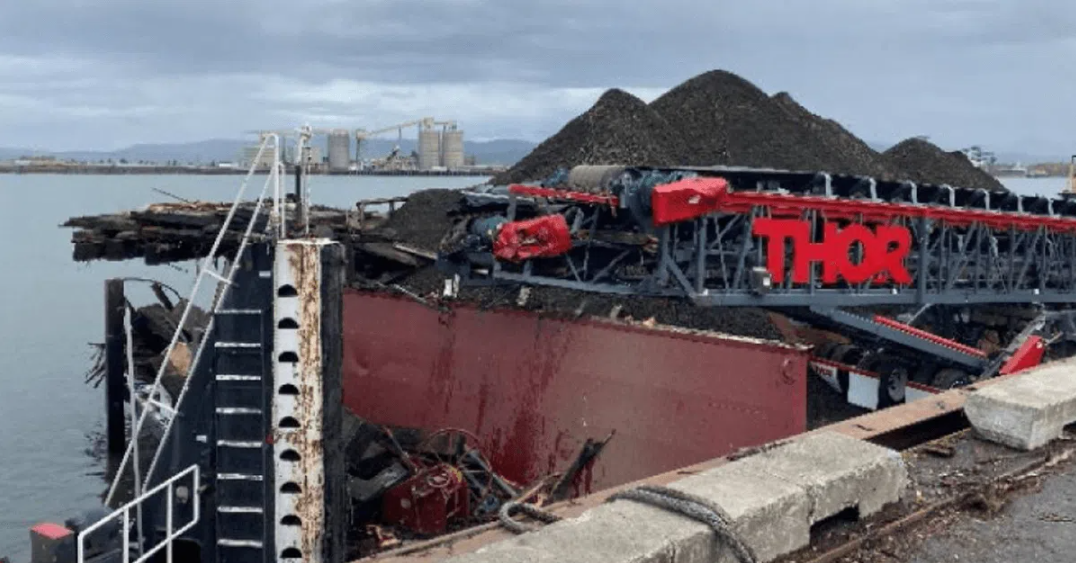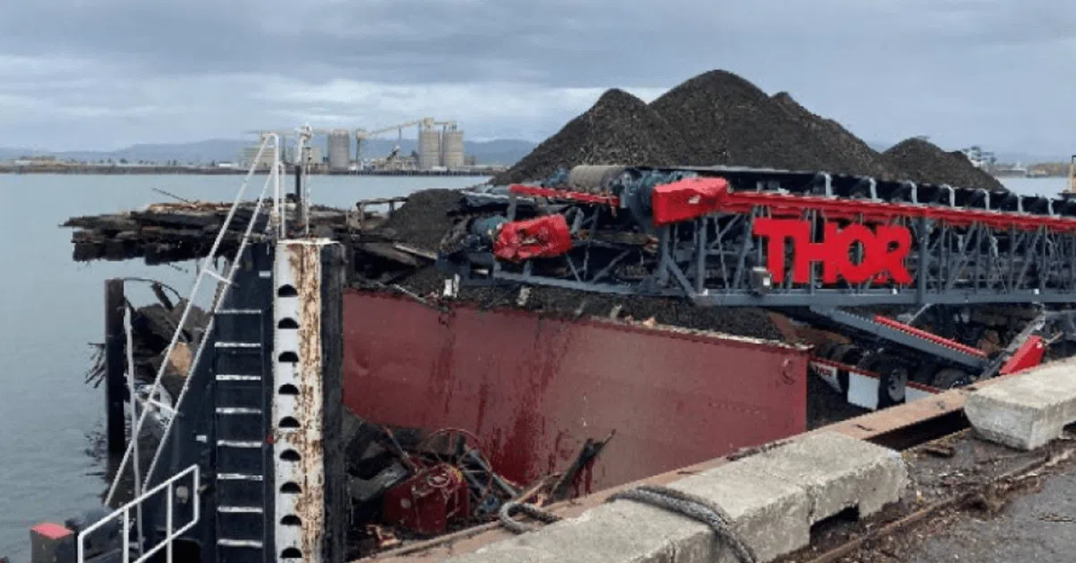一艘拖船推着一艘装载着骨料的驳船,与哥伦比亚河上的一个散装液体转运码头相撞。
海岸警卫队的海上事故调查确定,操作人员在掌舵时睡着了,导致驳船、装卸设备和设施的财产损失超过150万美元。
事故发生在一条管道附近,这条管道可能向水路排放了2.5万加仑的合成柴油。调查还发现,引航室警报系统的故障是造成事故的一个关键因素。
根据《联邦法规》(CFR)第46条第143.450款的要求,对于长度超过65英尺、有过夜住宿和单人驾驶室值班的拖船,该系统监测驾驶台活动并检测船舶操作员的失能情况。
该系统应以不超过10分钟的可调间隔触发警报,并通过按钮、地板踏板或运动检测等方法重置。
在这次事件中,该系统的时间间隔设置为10分钟,并依靠被动红外(PIR)探测器监测驾驶室内的运动。
然而,检测运动的PIR传感器受到非人为运动的影响,如摆动的电缆和摆动的风扇,导致系统无法检测到操作员的不活动。
所使用的系统不是由船舶设备制造商设计的,这引起了人们对其在海洋环境中的可靠性的担忧。
该案例凸显了类似系统的广泛应用,这些系统带有非专门为船舶设计的运动检测组件,在技术上符合监管要求的同时,也带来了重大的安全风险。
为了防止类似的伤亡,海岸警卫队强烈建议船舶管理人员、船东和经营者:
•确保报警间隔适合船舶的路线和条件。根据当前航线(例如,内河航线与远洋航线),评估10分钟无人值守操作的影响。
•考虑用海洋设备制造商专门为海洋环境设计的系统替换现有系统。
•根据制造商的建议,更新公司领航舱内警报系统的安全政策,以解决所需的警报间隔,适当的培训和维护问题。
•确认系统按预期运行,不被篡改。确保报警复位不会被胶带绕过,运动传感器不会被像纸或带状飘带的振荡风扇等物体绕过。
•考虑在65英尺以下的船只上自愿安装海洋级领航员警报系统,即使法规没有要求。
根据《美国联邦法规》第46篇第143.200(c)条,现有拖船必须在船舶第一份检验证书(COI)签发后5年内满足第143.450条的领航员警报要求。延迟执行这一规定不适用于新的拖船。
英文原文
A towing vessel was pushing a barge loaded with aggregate when it allided with a bulk liquid transfer terminal pier on the Columbia River.
The Coast Guard’s marine casualty investigation determined that the operator fell asleep at the helm, resulting in more than $1.5 million in property damage to the barge, handling equipment, and the facility.
The incident occurred near a pipeline that could have discharged 25,000 gallons of synthetic diesel into the waterway. The investigation also identified the failure of the Pilothouse Alerter System as a key contributing factor.
Required by 46 Code of Federal Regulations (CFR) §143.450 for towing vessels more than 65-feet in length with overnight accommodations and single-person pilothouse watches, this system monitors bridge activity and detects incapacitation of the vessel’s operator.
The system should trigger an alarm at adjustable intervals, not exceeding 10 minutes, and reset via methods like pushbuttons, floor pedals, or motion detection.
During this incident, the system’s time interval was set to 10 minutes and relied on passive infrared (PIR) detectors to monitor motion in the pilothouse.
However, PIR sensors, which detect motion, were influenced by non-human movements such as swinging cables and oscillating fans, causing the system to fail in detecting the operator’s inactivity.
The system used was not designed by a marine equipment manufacturer, which raises concerns about its reliability in marine environments.
This case highlights the widespread use of similar systems with motion detection components not specifically designed for marine use, which technically meet regulatory requirements while introducing significant safety risks.
To help prevent similar casualties, the Coast Guard strongly recommends that vessel managers, owners, and operators:
• Ensure alarm intervals are appropriate for the vessel’s route and conditions. Assess the impact of 10 minutes of unattended operation based on the current route (e.g., river versus open ocean routes).
• Consider replacing current systems with ones specifically designed by marine equipment manufacturers for marine environments.
• Update company safety policies for Pilothouse Alerter Systems to address required alarm intervals, proper training, and maintenance per the manufacturer’s recommendations.
• Confirm the system functions as intended, without tampering. Ensure alarm resets are not bypassed with tape, and movement sensors are not circumvented by objects like oscillating fans with paper or ribbon streamers.
• Consider voluntarily installing marine-grade Pilothouse Alerter Systems on vessels under 65 feet, even though not required by regulation.
In accordance with 46 CFR § 143.200(c), existing towing vessels must meet the pilothouse alerter requirements of § 143.450 no later than 5 years after the issuance of the first Certificate of Inspection (COI) for the vessel. Delayed implementation of this provision does not apply to a new towing vessel.
免责申明:本文根据外网内容整理,如有误差,以英文为准;仅代表作者观点,不代表中国海员之家立场。其真实性及原创性未能得到中国海员之家证实,在此感谢原作者的辛苦创作,如转载涉及版权等问题,请作者与我们联系,我们将在第一时间处理,谢谢!联系邮箱:cnisu@54seaman.com


 联系我们人工客服
联系我们人工客服



















 :1391995811
:1391995811


评论 (0人参与)